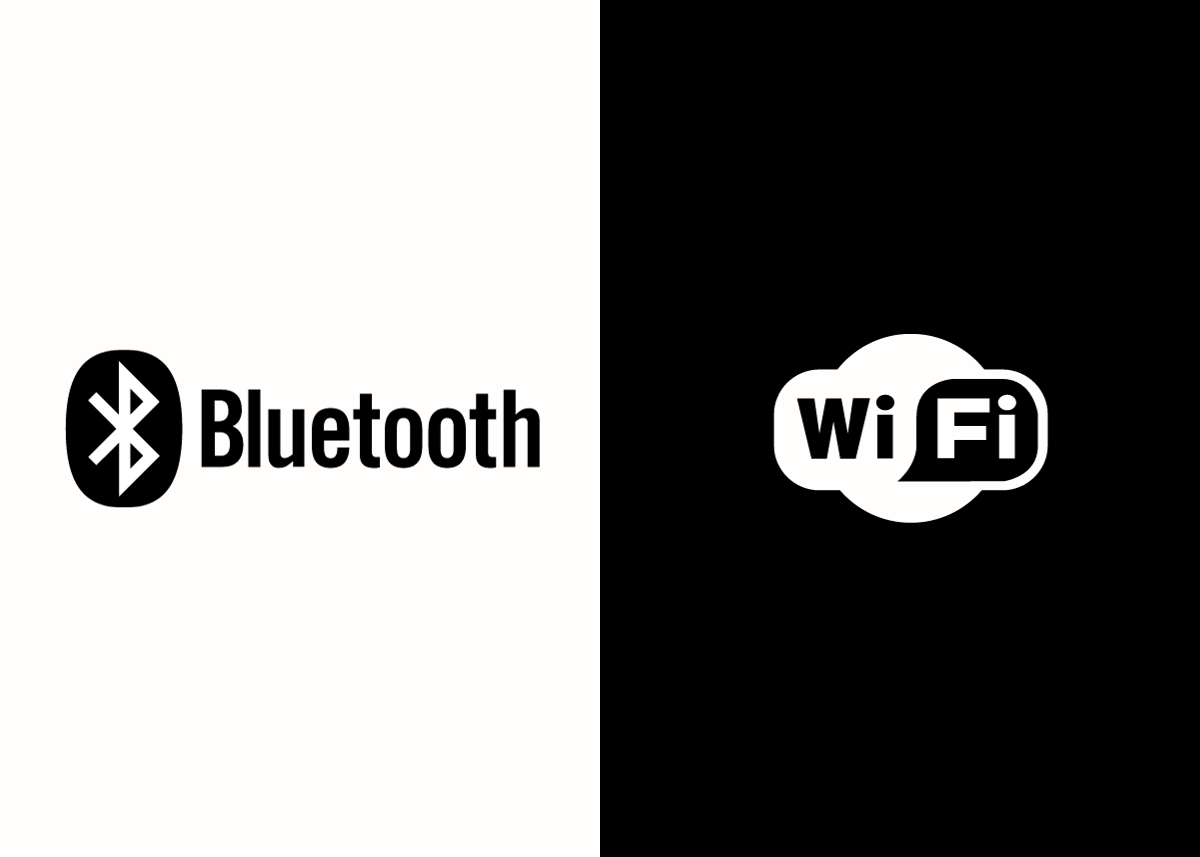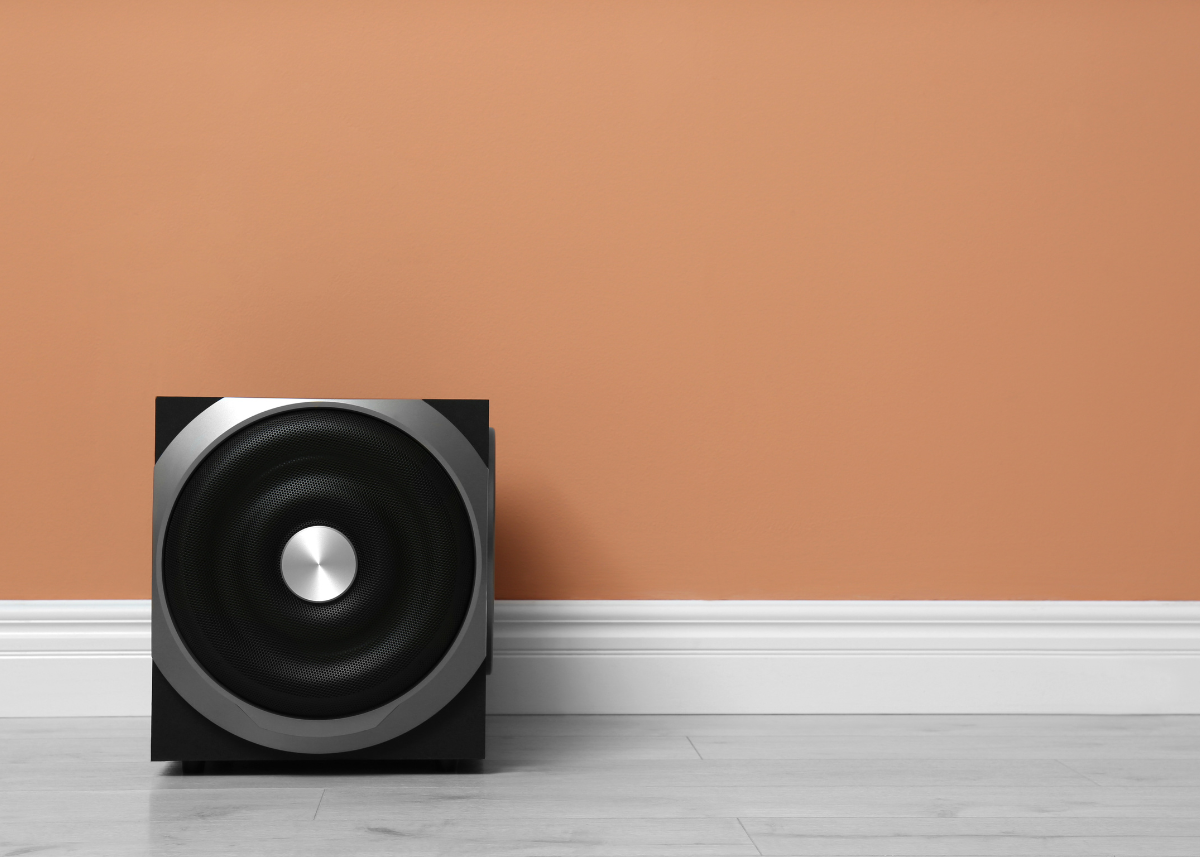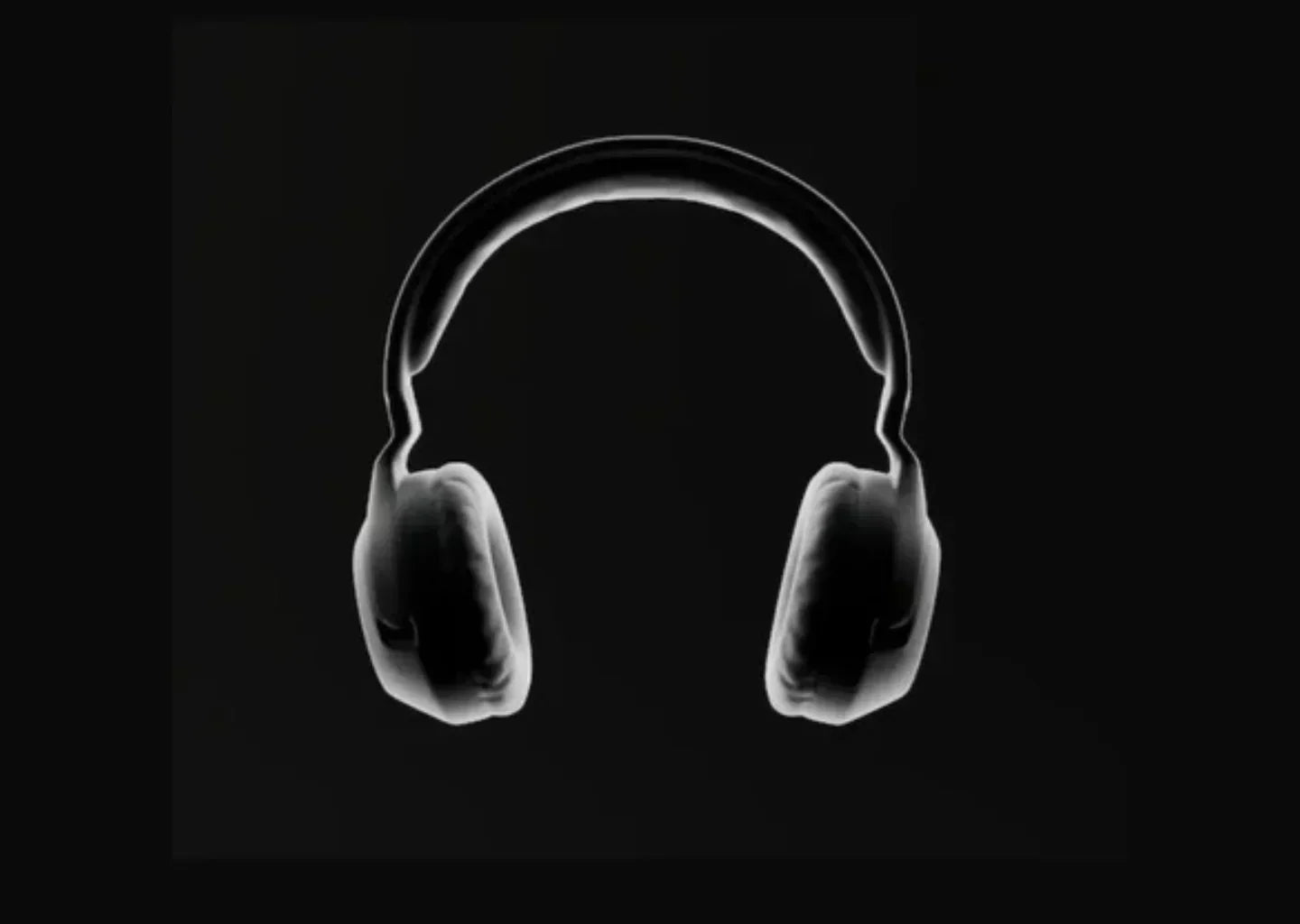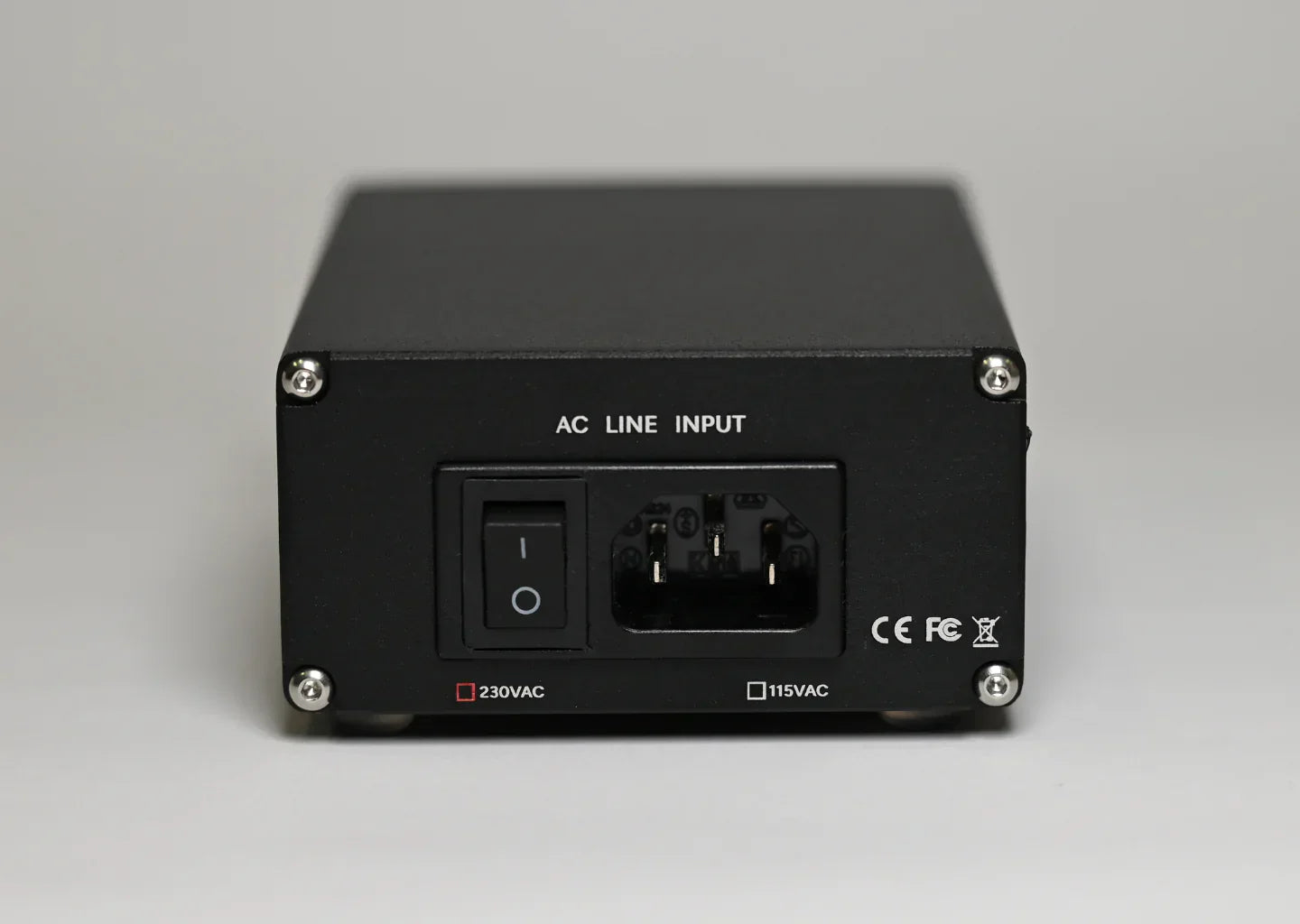Today, wireless connectivity has become the standard in audio. Speakers are increasingly compact, sometimes portable, and allow you to listen to music in any circumstance at home. The two most widespread technologies are Bluetooth and Wi-Fi, but what are their differences? Is there a technology to favor? We explain everything in this article.
Bluetooth speakers
Appearing in the 1990s, Bluetooth technology has taken an important place in our daily lives. A true social phenomenon, it is now the most widespread wireless system in the world . This broadcast protocol simply allows electronic devices to communicate with each other. Extremely simple to use, you just need to connect your smartphone to your speaker to be able to broadcast music without a password or complex procedure. It is therefore a broadcast mode accessible to everyone , even for the least knowledgeable people.
In addition to its ease of use, it is a low-energy protocol. This is also why Bluetooth speakers generally have a longer lifespan than Wi-Fi speakers and can be powered most of the time by batteries, thus offering great portability and use without the constraints of an electrical outlet.
Bluetooth does have its limits, however . Its biggest constraint is its sound reproduction, which is greatly limited. Indeed, the Bluetooth protocol generates sound compression during streaming, particularly of music, which affects the listening quality of your tracks. Today, it does not allow you to recover the entire sound signal from the source device to your ears. In any case, via the SBC codec, which is the most widely used and is present on every smartphone, PC, or even headphones and speakers. Even if we are now seeing the emergence of more efficient codecs such as aptX, aptX HD, LDAC, or AAC, you will still experience compression .

Uncompressed audio file

Audio file with Bluetooth compression
Another limitation of Bluetooth is its range which is greatly limited . It is rare to be able to broadcast beyond 15 meters, especially in closed and enclosed spaces such as a house for example. The connection can therefore be interrupted if the devices are too far from each other and if elements prevent the good diffusion of the signal (furniture, walls etc.)
An additional limitation of Bluetooth is that it monopolizes the smartphone's speaker, restricting the ability to make calls while listening to music. During a call, the music on the speaker is automatically paused to allow voice transmission.
Wi-Fi speakers
With a growing market, Wi-Fi speakers have also found their place in our homes. Today, it is a more than interesting alternative to Bluetooth speakers, with products that often go further in terms of functionality. This time, the sound goes through the Internet network and not from one device to another . Far from being trivial, this difference allows much more flexibility and offers many advantages.
The first big advantage of Wi-Fi streaming is its ability to transmit a much higher data rate than Bluetooth. As a result, you will be able to stream large files without any sound compression . This gives you high-fidelity streaming with Hi-Res files (24 bits / 192 kHz) and streaming music.
But that's not all. Using Wi-Fi opens the doors to many other proprietary features, such as Spotify Connect , Tidal Connect or AirPlay2 which allow and facilitate streaming between your source and your speaker.
Where Wi-Fi streaming becomes particularly interesting is when you sync multiple connected speakers with the same device. Indeed, you can now modulate your listening by obtaining stereo sound when you pair two speakers together. If the idea is to extend your sound experience to several rooms, you can even go further by switching to multiroom . You can then broadcast the same music or different music in each of your rooms.
You will no longer encounter range issues, as you will be able to stream your music as long as your Wi-Fi connection is available in a room. This way, you will enjoy your music continuously and without interruption, as long as you stay within the coverage area of your Wi-Fi network.
Unlike Bluetooth, Wi-Fi speakers do not monopolize the smartphone's speaker. This will allow you to make calls, watch multimedia content while keeping your music playing.
Conclusion
Even though these two streaming technologies serve the same purpose: streaming music, they are two completely different approaches. Some will prefer Bluetooth for its convenience and compatibility with many devices, while audiophiles and serious musicians will prefer the audio quality of Wi-Fi and its greater freedom. All Octavio products have these two streaming protocols, our Octavio Stream network player, our Octavio Amp connected amplifier and our Octavio Maestro all-in-one speaker.







